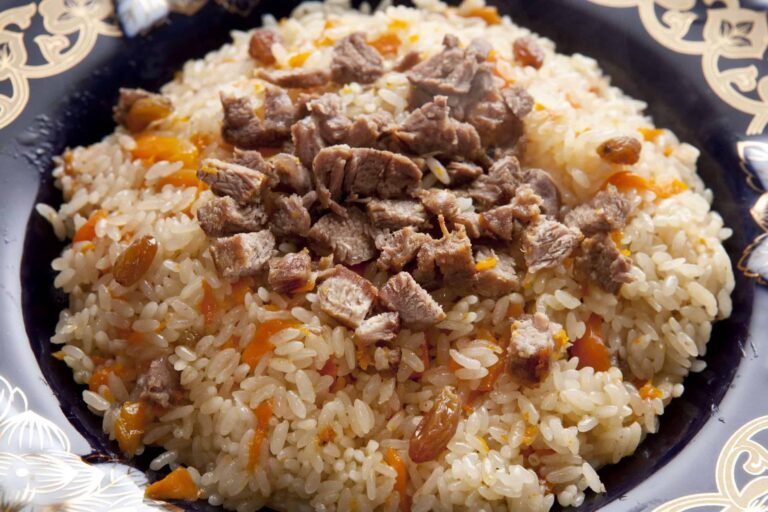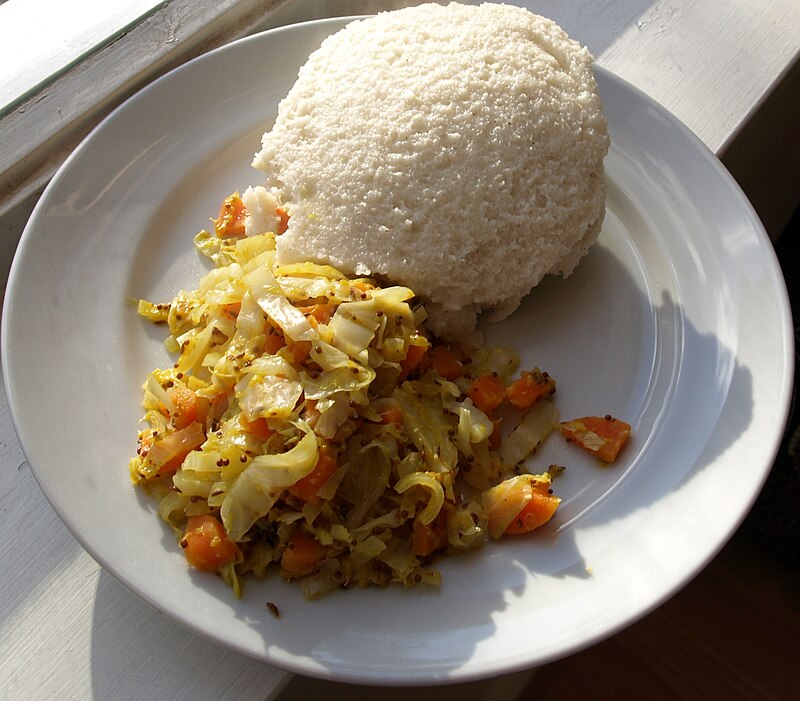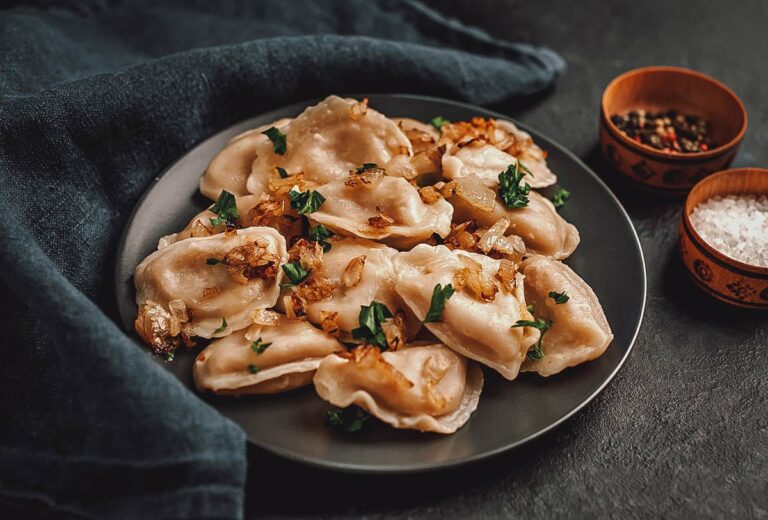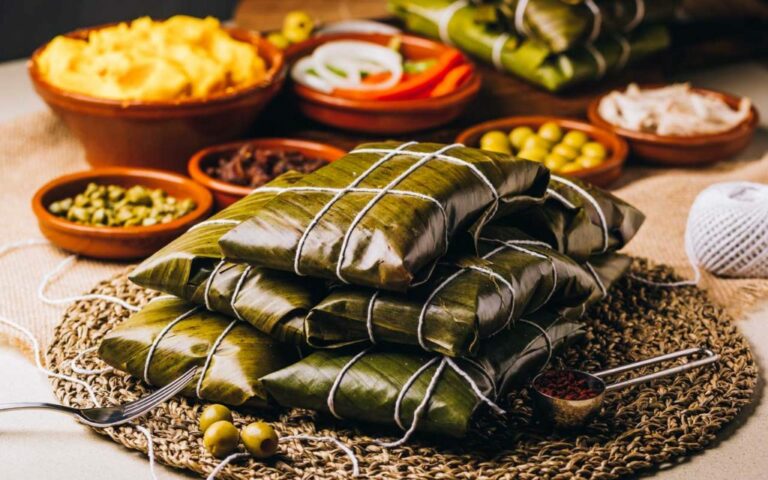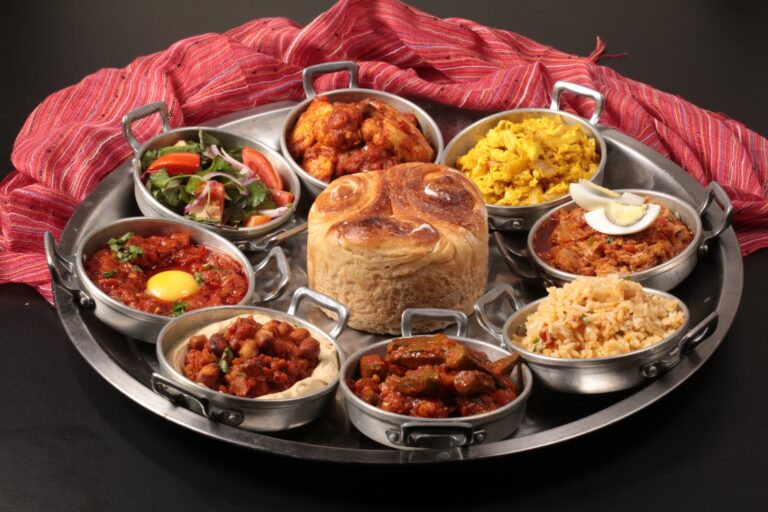Introduction: The Nomadic Heritage of Turkmenistan
Turkmenistan, located in Central Asia, has a rich nomadic heritage. For centuries, the Turkmen people have migrated across the vast deserts and steppes of the region, relying on their herds of livestock for survival. Despite the country’s modernization, Turkmenistan’s nomadic past remains an integral part of its cultural identity.
Traditional Turkmen Cuisine: A Blend of Cultures
Turkmen cuisine is a reflection of the country’s diverse cultural influences, including Persian, Russian, and Turkish. The cuisine emphasizes the use of natural ingredients and simple cooking techniques. Meat, particularly lamb and beef, is a staple of Turkmen dishes, often roasted over an open flame or cooked in a clay oven.
Nomadic Influence on Turkmenistan’s Culinary Traditions
The nomadic lifestyle of the Turkmen people has had a significant impact on their culinary traditions. The need to preserve food for long periods of time and transport it easily meant that many Turkmen dishes are well-suited for a nomadic lifestyle. Foods that could be easily dried, cured, or fermented, such as yogurt, cheese, and dried fruits, are common in Turkmen cuisine.
The Role of Herding in Turkmen Dishes
Herding played a crucial role in the development of Turkmen cuisine. The nomadic lifestyle meant that the Turkmen people relied heavily on their herds of livestock, including sheep, goats, and camels. As a result, meat is a central component of many Turkmen dishes, often seasoned with spices and herbs such as cumin, coriander, and mint.
The Importance of Bread in Turkmen Cuisine
Bread is an essential element of Turkmen cuisine and plays a vital role in the country’s nomadic heritage. The traditional bread, called “çörek,” is a flatbread made from wheat flour and baked in a clay oven. It is often served with meat dishes and used to scoop up stews and soups.
Conclusion: Nomadic Heritage Preserved in Turkmen Dishes
Turkmen cuisine is a perfect reflection of the country’s nomadic heritage. The use of natural ingredients, simple cooking techniques, and a reliance on herding for survival has led to the development of a unique culinary culture. Despite the modernization of Turkmenistan, the country’s nomadic traditions remain an integral part of its cultural identity and are reflected in its delicious and hearty dishes.

